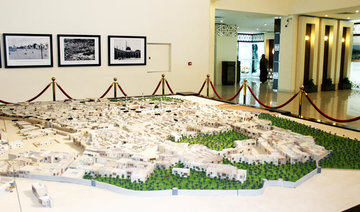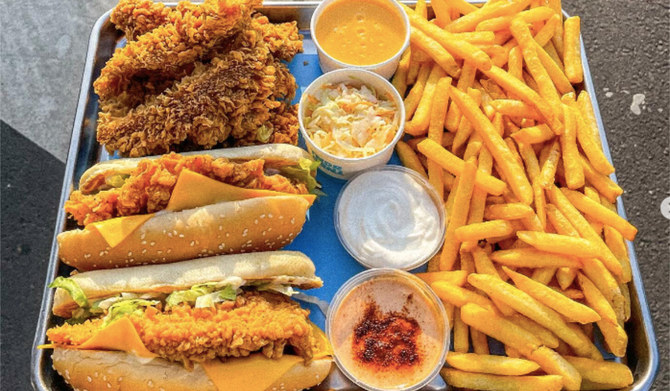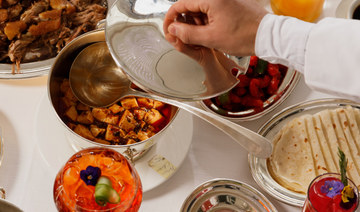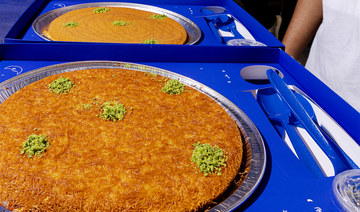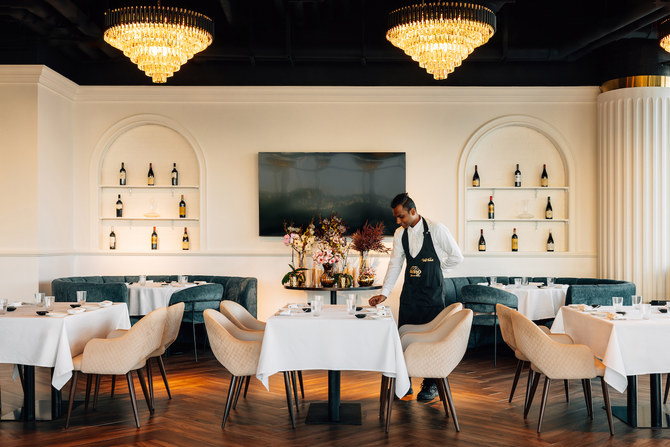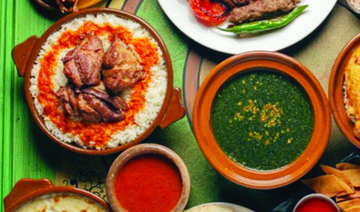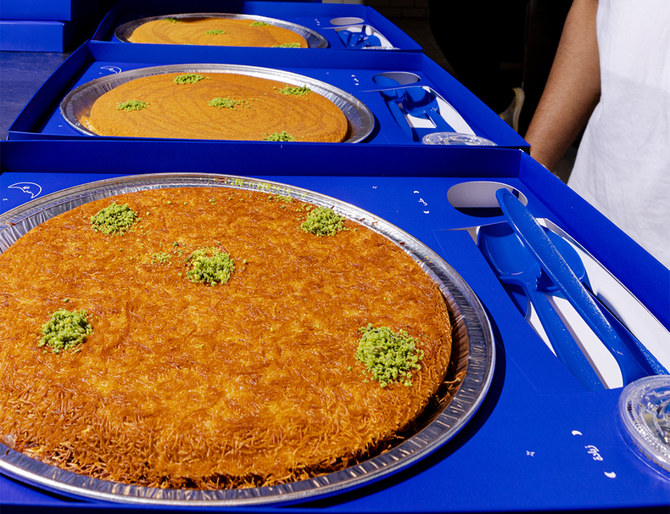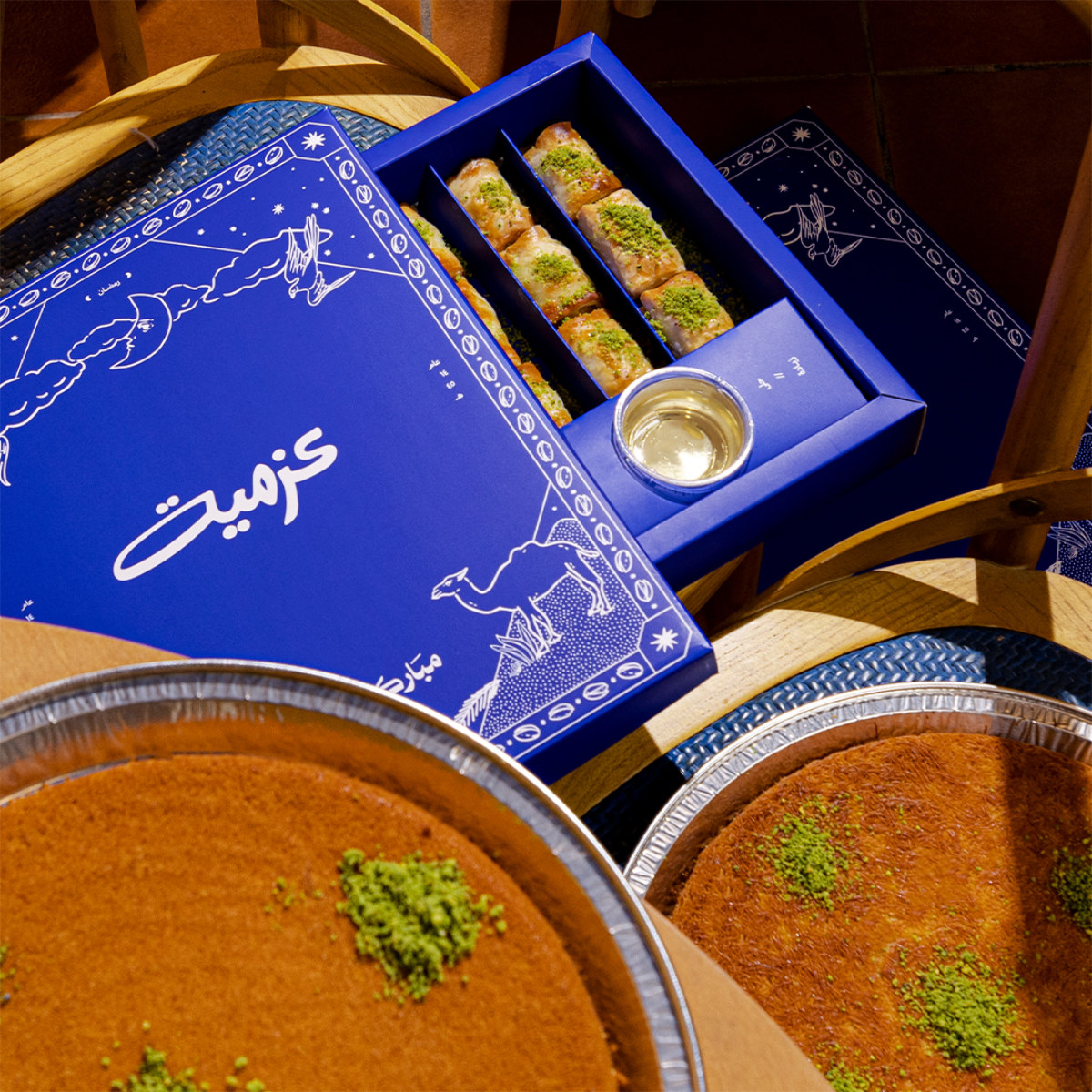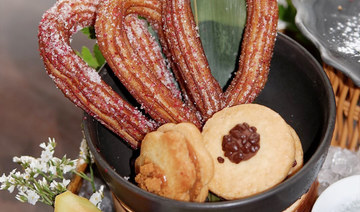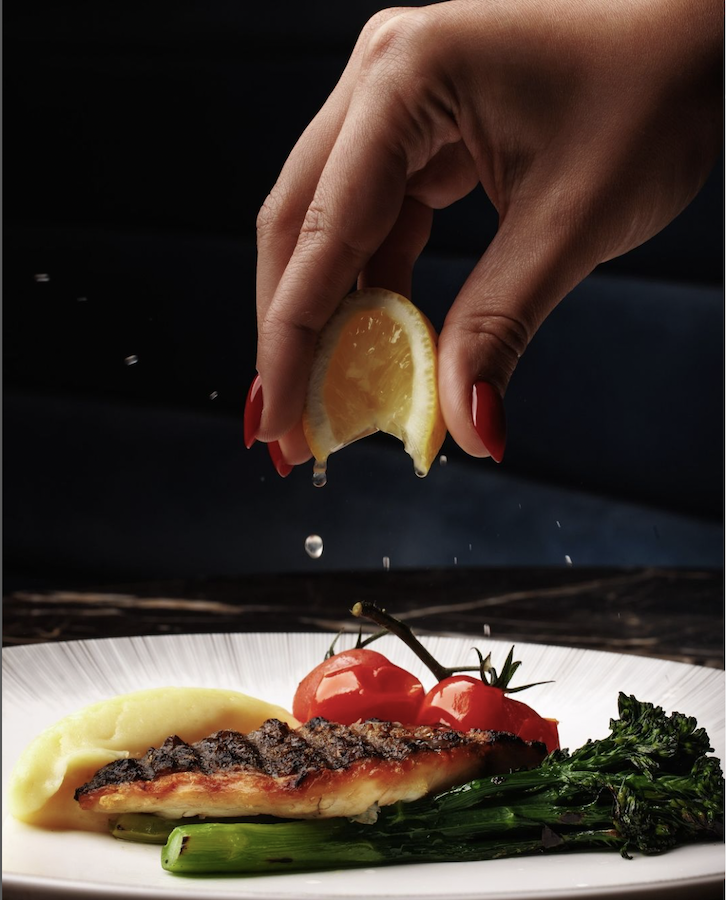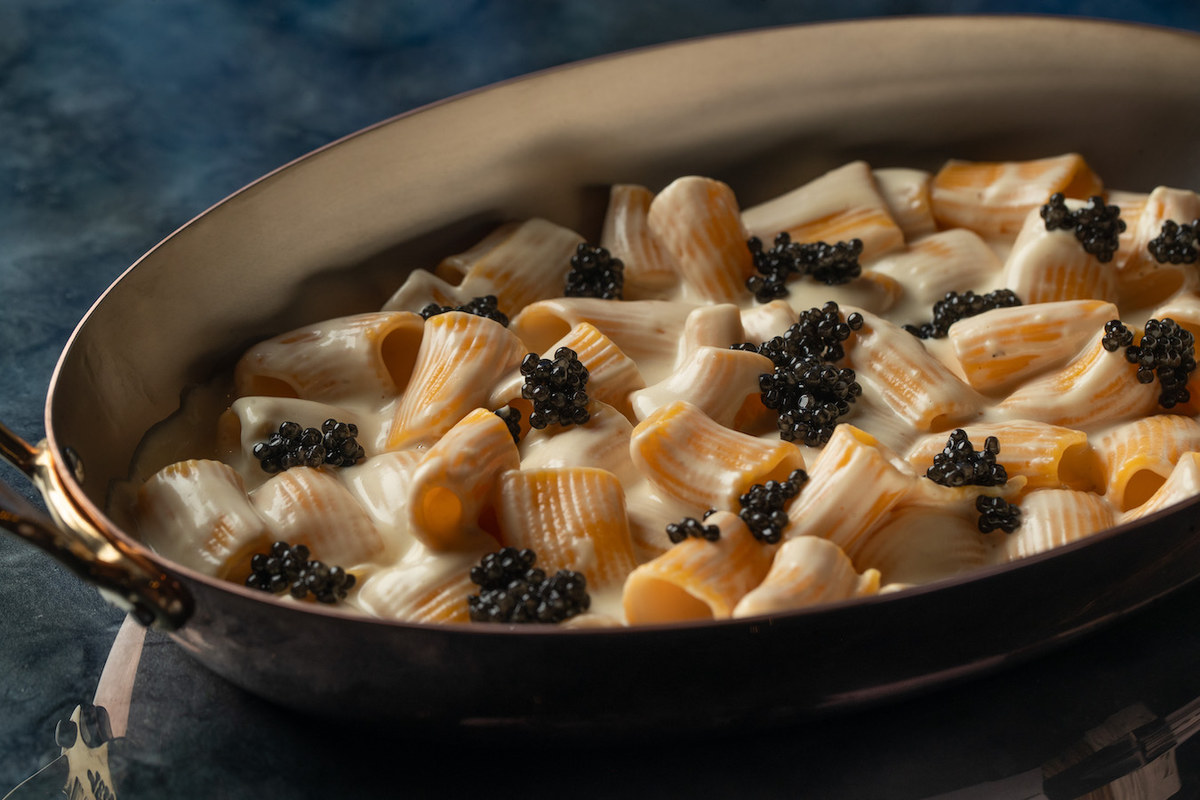LONDON: Caesarean? Sorry, not possible. Hip replacement? Not possible. Heart surgery? Not possible. Kidney transplant? Not possible. It would be shocking if we found out that the procedures we take for granted today really were not available to us. That is the frightening scenario that could become all too real if the world does not take seriously the dangers posed by the irresponsible use of antibiotics.
If bugs outsmart antibiotics, we are all in big trouble. Operations simply could not be carried out as the risk of a patient contracting a life threatening infection which could not be treated would make the procedures too high risk.
That is the message spelt out loud and clear in a highly-illuminating exhibition called “Superbugs: The Fight for our Lives’ which opened at the Science Museum in London last week. Arab News attended the preview to learn more about this global threat.
In his opening remarks Ian Blatchford, Director of the Science Museum said: “We share our world with bacteria. Although many are harmless – they can also cause infection, misery and death. Thanks to the use of bacteria killing antibiotics from the 1940s millions of lives have been saved. But this is an exhibition about the bacteria that have evolved to fight back against the antibiotics – I mean of course – the superbugs.
“Meeting the unprecedented challenge of antibiotic resistance requires global action. Our exhibition follows the researchers crossing continents in search of the new antibiotics – from diving in deep Icelandic fjords to studying resilient leaf cutter ants and the blood of Komodo dragons.”
Lord O’Neill, former chairman of Goldman Sachs asset management and author of the “Review on Antimicrobial Resistance,” said it is imperative that the world wakes up to the dangers.
“If we don’t do something about this it is possible that by 2050 we could have up to 10 million people dying per year around the world. Today the figure stands at about 700,000. Along with that we will lose a staggering 100 trillion dollars’ worth of GDP that otherwise would accrue to the world – an enormous loss. One third of the possible deaths would be related to tuberculosis,” he said.
He called for more researchers, early stage research and development, new drugs and new vaccines. On the latter, he commented: “There is a lot of talk about new vaccines and drugs but as of yet I don’t see any real initiatives.”
In fact, no new antibiotics have made it to patients in the last 30 years.
For this reason he said it is vital that people are educated about the risks of misuse of antibiotics in order to reduce demand.
“We need greater public awareness. We need greater cleanliness in all environments. Washing hands thoroughly in modestly warm soapy water would do an enormous amount to help reduce the spread of infection. We need greater surveillance – in many parts of the world, including some developed countries, it is astonishing how sparse the data quality is about the incidents and inter-relatedness of infectious vulnerability.
“We also need to look at agriculture. In agriculture it is easier to stop the inappropriate use of antibiotics than with the human population.
“We need state of the art diagnostics. Doctors are still left in a position where they have to guess whether an antibiotic is needed or not. There is an endless amount of evidence of significant over-prescription.”
He spoke about the possibility of introducing a rule whereby doctors are not allowed to prescribe antibiotics unless a state of the art diagnostic test has first been carried out.
He added: “We are nowhere near that yet but we need to see significant efforts.”
Attending the opening was David Livermore, professor of medical microbiology at the University of East Anglia and former head of the antibiotic reference laboratory at Public Health England.
Arab News asked Livermore to give his insights into the countries where the problem of antimicrobial resistance is most severe.
“In terms of countries, I would say that resistance problems are greatest where you’ve got a newly prosperous country adopting high tech medicine where antibiotics are very freely available, where public sanitation is not good and where hospital infection control is often underplayed relative to high tech medicine,” he said.
“Swathes of the Middle East, India, parts of South East Asia and Latin America tend to have the greatest resistance problems. The US and Northern Europe have more conservative antibiotic use, better sanitation and infection control. If you go into the poorest parts of Africa nobody can afford antibiotics anyway – therefore the resistance problem is that much less,” he explained.
He recently visited India and saw first-hand some of the problems that are making the fight against superbugs so tough.
“You have very high tech hospitals sitting in a country which has pockets of tremendous poverty where people often are treated with an antibiotic with no cultures done. They then find their way to a high tech hospital after several rounds of antibiotics; the high tech hospital has no particular information other than that they have a history and ends up starting the patient on the most powerful combination of antibiotics they can think of simply because they fear they have got something unusually resistant.
“Basic sanitation is a problem in India — on the one side you have high tech hospitals and transplant centers and on the other level you have pools of stagnant, contaminated water lying on the edges of streets, pigs snuffling about and women carrying pans of cow dung on their heads. Antibiotics are available over the counter — it’s a milieu in which there has got to be a huge circulation of resistance out in the community. That then comes into the hospitals. Resistant bacteria live in peoples’ guts and come into the hospitals with them. In India, I would suggest the most important thing is to sort out the sanitation.”
He has also visited Saudi Arabia about which he observed:
I would suggest there are coordination issues in hospitals. Doctor X is brought in from country A, Doctor Y is brought in from another country — they have all been trained in different ways — they all practice in their own particular ways and trying to get an overall coordination stewardship of antibiotics for infection control for outbreak investigation struck me as very difficult.
“People can provide piles of resistant bacteria and say we want to investigate these but when I asked the basic questions about which patients are these from — were these patients in the same unit at the same time, might it be that the bug has gone from patient one to patient two and patient three — there was very little clarity,” he said.
He added: “We are facing a global threat here — I do think that intensive care medicine, high end treatments generally and transplant surgery are at considerable risk over the next quarter century.”
The UK is also grappling with the problem as Sheldon Paquin, curator of the Superbugs exhibition, explained:
“Every year in the UK about 5,000 people die from infections that are resistant to antibiotics.
“We don’t have very good monitoring methods. When someone dies of an infection, the infection is listed but not the antibiotics that it was resistant to. When someone dies from not getting a surgery that they desperately need the cause of death will be attributed to not having the surgery without mentioning that the surgery could not take place due to the patient having an antibiotic resistant infection. One of the big issues related to superbugs and antibiotic resistance is that we don’t have the complete picture — we simply don’t know the true scale of the problem. So the number of people dying from infections is likely to be far higher than the 5,000.”
The main sponsor for the exhibition is Pfizer and the associate sponsor is Shionogi supported by UK Research and Innovation and the University of East Anglia.
Speaking at the opening, Pfizer UK Managing Director Erik Nordkamp, said:
“We cannot take antibiotics for granted. As a father I can say it is simply terrifying that our children and grandchildren may face a world where antibiotics do not work as effectively as they do today. Where our family and friends could be unable to have key medical procedures such as joint replacements or caesarean sections because they just become too dangerous to perform. Where the progress we have made together in the fight against diseases like cancer could be compromised because the antibiotics needed to prevent the risk of infection may no longer be effective.
“Patients and the public can and must play their part too. After all, overuse and misuse of antibiotics play a significant part in growing resistance.”
The exhibit runs at the Science Museum until spring 2019 and there are plans to take the exhibition to Brazil, India and China.





